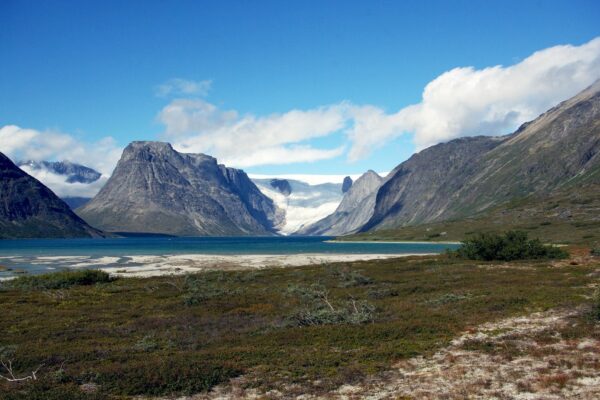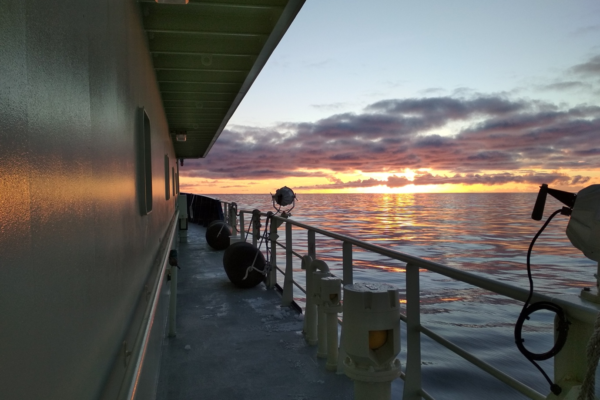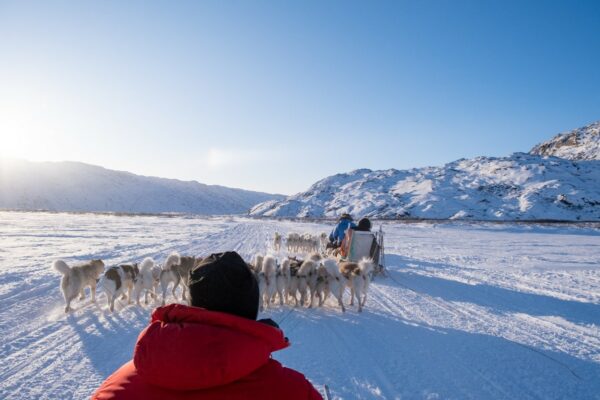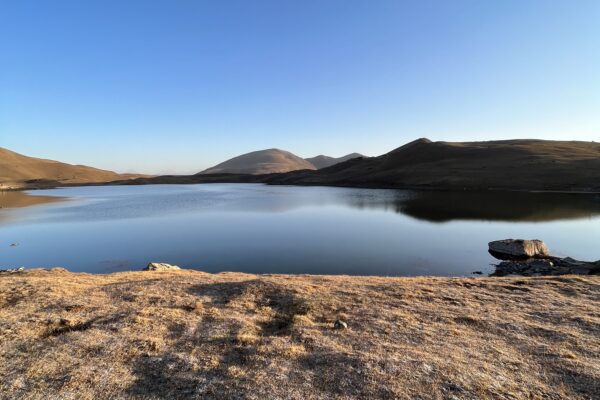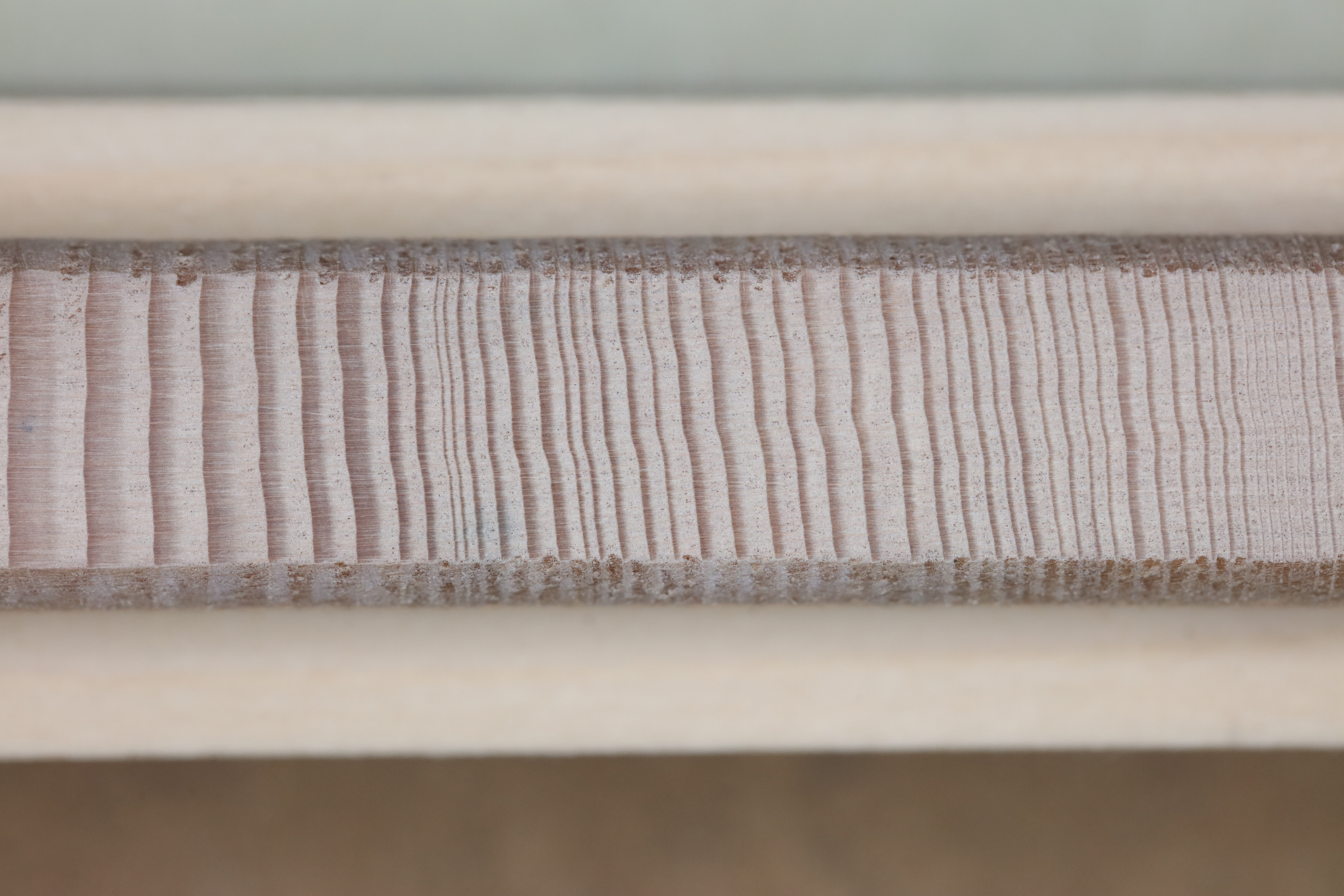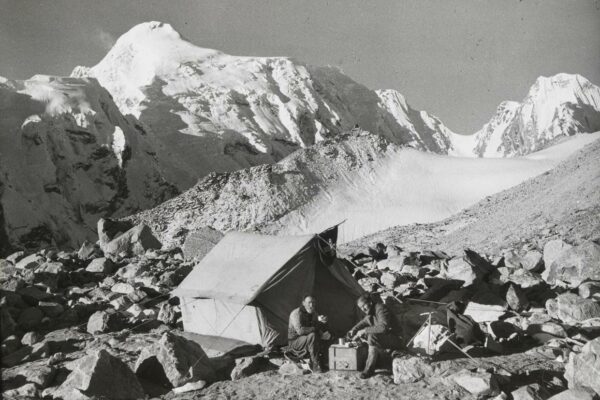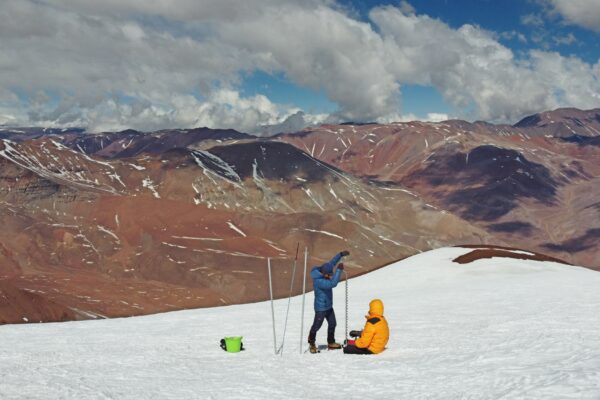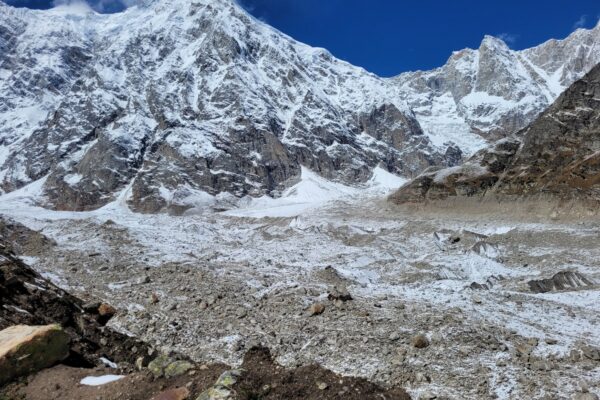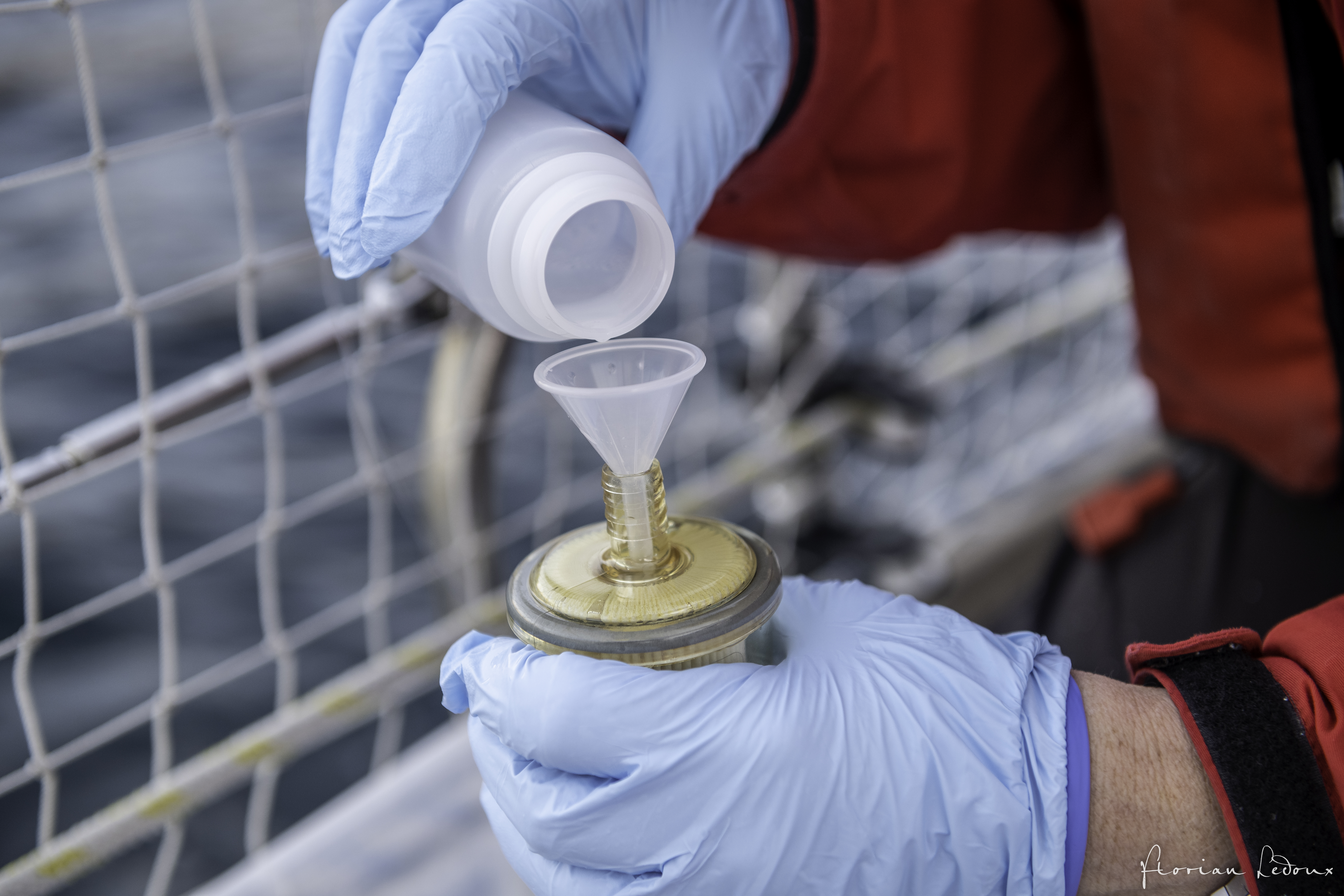In August 2022 I spent three weeks sampling rivers in six fjords in the southernmost part Greenland, covering a range from the towns of Narsarsuaq to Nanortalik. For this SPI Fieldnotes post I’ll briefly introduce my project’s goals, describe the day-to-day activities, and highlight what was key to making this […]
Read MoreFieldnotes
Impressions, anecdotes and experiences from the field. Authors are beneficiaries of SPI funding. The posts present the authors’ reflections of their field experiences.
Artificial radionuclides as transient tracers in the Davis Strait – Lisa Leist
In October 2022, the research cruise along the Davis Strait onboard the American Research Vessel Neil Armstrong, was dominated by surprisingly good weather and a very supportive team. We departed from Nuuk in Greenland and sailed towards the north on a grey and quiet Labrador Sea, where we could see […]
Read MoreContemporary working relationships between humans and sled dogs in Greenland – Aurélie Hendrick
15 February 2023 “For a few days we will be a family, but an international family!” said the two tour guides with whom I am about to travel the 160 kilometres by dog sled to Sisimiut, where I will spend the next two weeks. The day before, I arrived in […]
Read MoreNonlinear thoughts / Kyzylsu, Tajikistan, September 2022 – Céline Ducret
The surroundings are painted with shades of brown and orange, as if the land was dipped in a warm, earthy palette. The air is thick with dust, possibly from a mix of sand and soil. The mountains in the distance appear simultaneously immense and small, playing tricks on our sense […]
Read MoreDendrochronological fieldwork in the Eastern Himalayas to understand changes to water resources and natural hazards in the context of climate change – Nazimul Islam
In the Himalayas, glacier-fed rivers are an important source of freshwater for millions of people downstream. The cryosphere being very sensitive to rising temperatures, climate-change induced seasonal snow and glacier melt may have tremendous impact on streamflow in such basins. Its impact may be combined with anthropogenic interventions (e.g. hydropower) […]
Read MoreHistorical Archives to monitor long-Term evolution of HImalayan debris-covered glaciers (HATHI) – Marin Kneib
14.09.2022 – The protagonists 1936 – Arnold Heim and August Gansser 1939 – André Roch, Ernst Huber, Fritz Steuri, David Zogg Six Swiss mountaineers, geologists, topographers. Pioneers who explored the hidden valleys of the Garhwal range of the Indian Himalaya more than eight decades ago. They made impressive first ascents, […]
Read MoreMeasuring sublimation on Cerro Tapado – Michael McCarthy
Uf! It is 3 pm on 8 December, and we have finally finished setting up a weather station at 5366 metres above sea level on Cerro Tapado, in the dry Andes of northern Chile, after a kilometre-plus climb from the valley, and many weeks preparing sensors and logistics. I feel […]
Read MoreAnalysing morphological evolution of ice cliff and supraglacial channels using a drone and a laser scan on Satopanth Glacier, Indian Himalaya – Boris Ouvry
44% of Earth’s glaciers in high-relief mountains are covered by rock debris that insulate the ice from atmospheric forcing, reducing ice melt. However, as the debris cover is not homogeneous, space remains that produce differential melting under variable debris thicknesses, creating a surface morphology in the form of strongly incised […]
Read MoreTOPtoTOP – Fabian Fopp
In summer 2021, the field work in the Arctic was once more dominated by the weather and sea conditions. The team still tried their best to bring the scientists to all planned sampling sides in order to get a better insight into the Arctic marine fauna and their exposure to […]
Read More